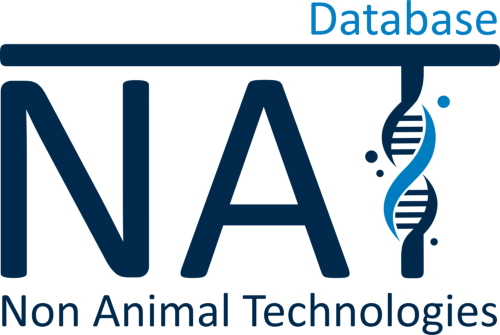Oxidative stress mechanisms in a human iPSC neural model
2017
Joint Research Centre, Ispra, Italy
Advances in the manipulation of human pluripotent stem cells are opening the door to their use for toxicity in vitro modelling. Since the appearance of iPSC technology, human iPSC-derived brain cells have been used for compound neurotoxicity testing. In these cells, it has been shown that the Nrf2/ARE pathway is activated under oxidative stress conditions. Rotenone is widely used as an oxidative stress activator and is usually used to assess neurotoxicity. Here, the effects of chronic exposure to rotenone on human iPSC-derived neural stem cells along differentiation are investigated, focusing on the Nrf2 pathway. The researchers found that Nrf2 signalling increases during neural stem cell differentiation. The addition of rotenone induced a progressive increase of Nrf2 signalling, together with astrocyte reactivity and neurite retraction that lead to neuronal death, especially of dopaminergic neurons. Overall, in this study, human iPSC-derived neural cells are validated as a powerful tool to elucidate the role and mechanisms of different signalling pathways in neurodevelopment upon treatment with potential neurotoxic compounds.
Nrf2 pathway activation upon rotenone treatment in human iPSC-derived neural stem cells undergoing differentiation towards neurons and astrocytes
Anna Bal-Price
Added on: 09-03-2021
[1] https://www.sciencedirect.com/science/article/abs/pii/S0197018617301353[2] https://data.jrc.ec.europa.eu/dataset/a8fd26ef-b113-47ab-92ba-fd2be449c7eb





